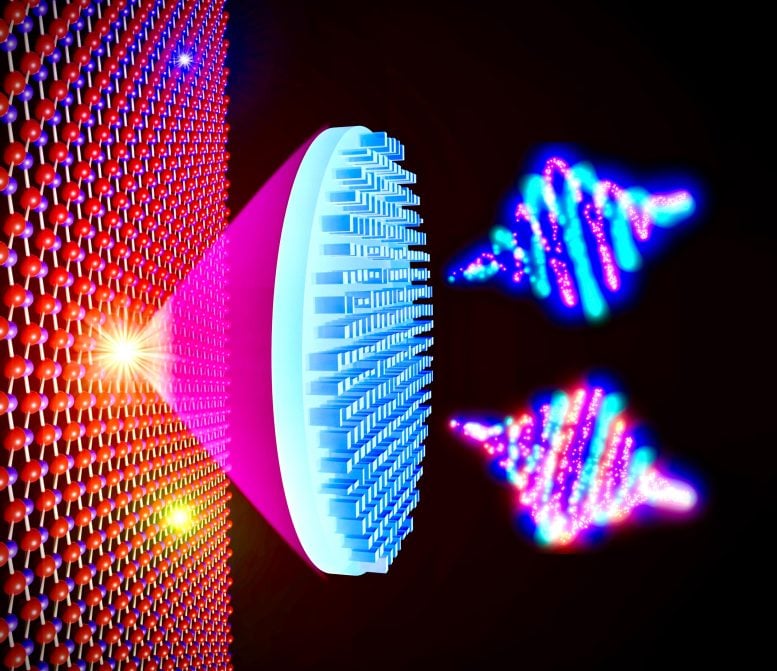
Artistic illustration of a multifunctional metalens used for arbitrary shaping of quantum emission from 2D hexagonal boron nitride. Credit: Chi Li, Jaehyuck Jang, Trevon Badloe, Tieshan Yang, Joohoon Kim, Jaekyung Kim, Minh Nguyen, Stefan A. Maier, Junsuk Rho, Haoran Ren, Igor Aharonovich
Scientists have developed a multifunctional metalens capable of structuring quantum emissions from single photon emitters. This innovation enables manipulation of quantum emissions and promises new advances in quantum technology, including potential impacts on cryptography and information security.
Quantum emission is pivotal to realizing photonic quantum technologies. Solid-state single photon emitters (SPEs), such as hexagonal boron nitride (hBN) defects, operate at room temperature. They are highly desirable due to their robustness and brightness. The conventional way to collect photons from SPEs relies on a high numerical aperture (NA) objective lens or micro-structured antennas. While photon collection efficiency can be high, these tools cannot manipulate quantum emissions. Multiple bulky optical elements, such as polarizers and phase plates, are required to achieve any desired structuring of the emitted quantum light source.
Development of Multifunctional Metalens
In a new paper published recently in the journal eLight, an international team of scientists led by Drs. Chi Li and Haoran Ren from Monash University have developed a new multifunctional metalens for structuring quantum emissions from SPEs. The ability to arbitrarily transform an optical beam in different spatial forms is essential for quantum light sources.
Transforming Photonic Design with Metasurfaces
Metasurfaces have transformed the landscape of photonic design. It has led to major technological advances from optical imaging and holography to LiDAR and molecular sensing. Recently, the direct integration of nanoscale emitters into nanostructured resonators and metasurfaces has been designed to collect and demonstrate basic tailoring of the SPEs emission. These initial demonstrations constituted the necessity for flat optics to advance the manipulation of quantum emission.
Engineering and Demonstration of New Metalens
The research team has addressed this issue by designing and engineering a multifunctional metalens. The new metalens was fabricated by Korean physicists Drs. Jaehyuck Jang and Trevon Badloe and Professor Junsuk Rho at Pohang University of Science and Technology. It can simultaneously tailor the directionality, polarisation, and orbital angular momentum (OAM) degrees of freedom. They utilized the metalens to demonstrate a multidimensional structuring of quantum emission from SPEs in hBN, operating at room temperature.
Breakthrough in Shaping Quantum Emission
The team demonstrated arbitrary shaping of the directionality of quantum emission. They also showed that different helical wavefronts could be added onto the metalens profile, leading to the generation of distinctive OAM modes in orthogonal polarisations of SPEs. The breakthrough experimental work was performed at the University of Technology Sydney and TMOS (an Australian Research Council Centre of Excellence) led by Professor Igor Aharonovich.
Potential and Impact of the New Technology
The demonstrated arbitrary wavefront shaping of quantum emission in multiple degrees of freedom could unleash the full potential of solid-state SPEs to be used as high-dimensional quantum sources for advanced quantum photonic applications.
The team’s new technology offers a new platform to use ultrathin meta-optics for arbitrary wavefront shaping of quantum emission in multiple degrees of freedom at room temperature. It may provide new insights into the field of quantum information science. The team believes that manipulating photon polarisations can have a significant impact on quantum cryptography and entanglement distribution with improved filtering. The polarization separation is vital for the future use of hBN SPEs for polarisation entangled photon pair generation.
Future Extensions and Implications
Future extension of the metalens could enable the generation of high-dimensional single-photon hybrid quantum states. Any future integration of structured SPE sources with a reliable transmission environment, such as optical fibers, could promise a quantum network with higher information capacity, robustness to noise, and better security.
Reference: “Arbitrarily structured quantum emission with a multifunctional metalens” by Chi Li, Jaehyuck Jang, Trevon Badloe, Tieshan Yang, Joohoon Kim, Jaekyung Kim, Minh Nguyen, Stefan A. Maier, Junsuk Rho, Haoran Ren and Igor Aharonovich, 7 August 2023, eLight.
DOI: 10.1186/s43593-023-00052-4

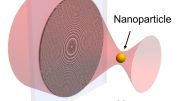
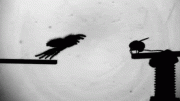
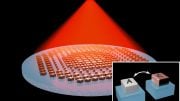


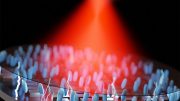
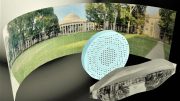

If you don’t understand the reasons for the formation of quantum gravity, can you understand what a high-dimensional single-photon hybrid quantum states is? Under the framework of topological vortex gravitational field, everything described by quantum mechanics will no longer be mysterious. Schrödinger’s cat essentially used high-dimensional spatiotemporal matter to analogize low-dimensional spatiotemporal matter, which is extremely wrong and irresponsible. This behavior can easily lead physics towards theology and pseudoscience.